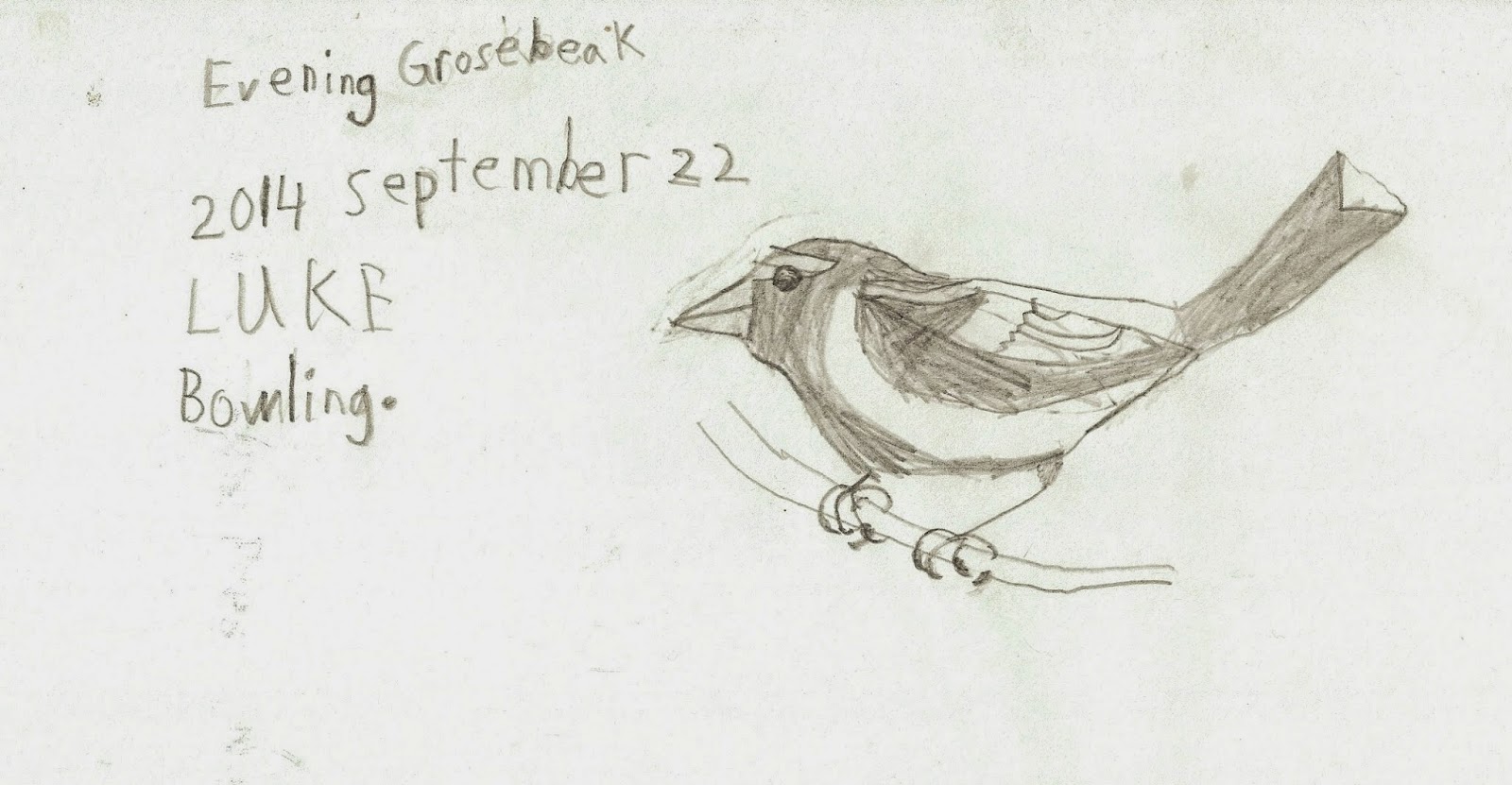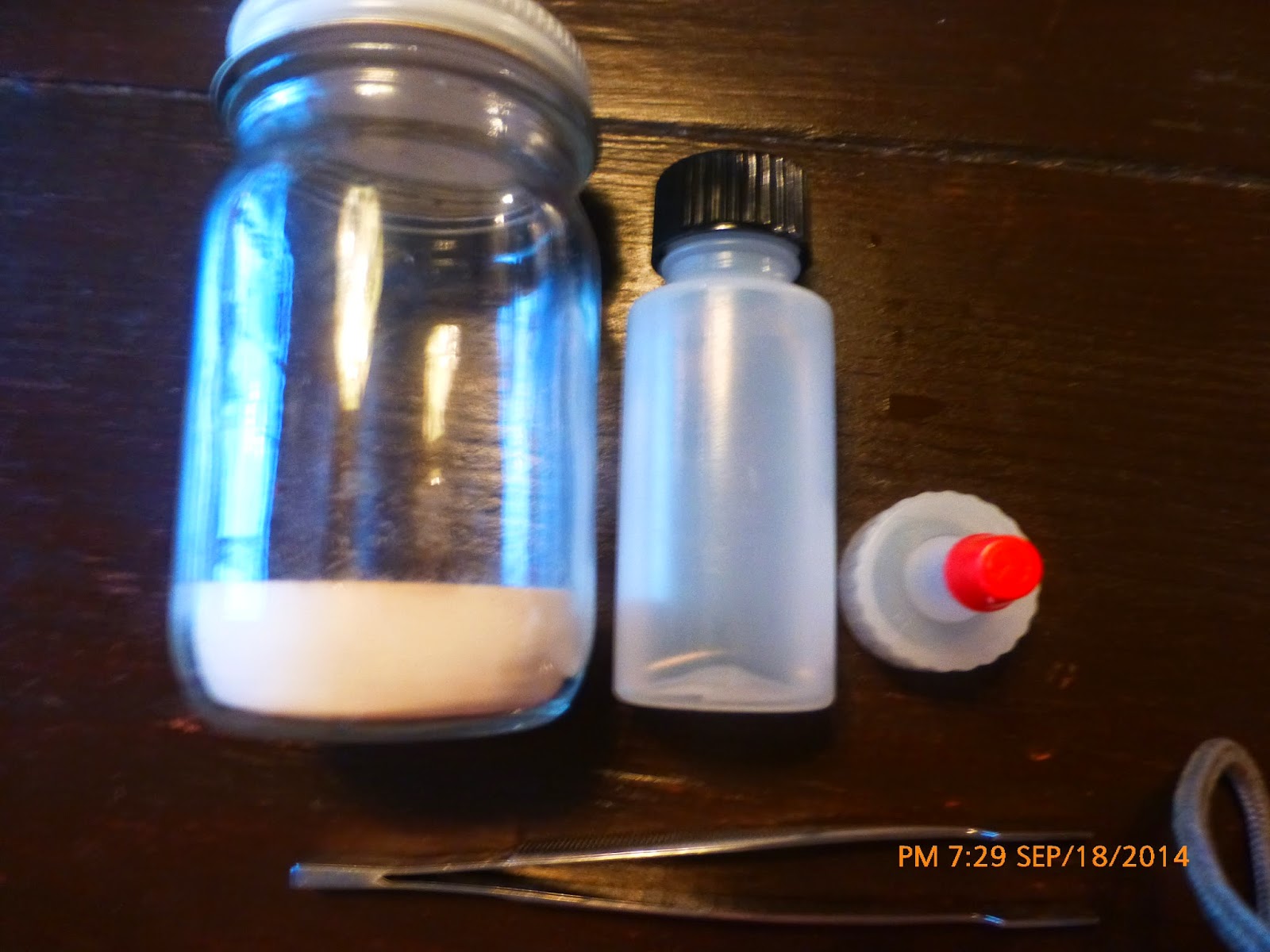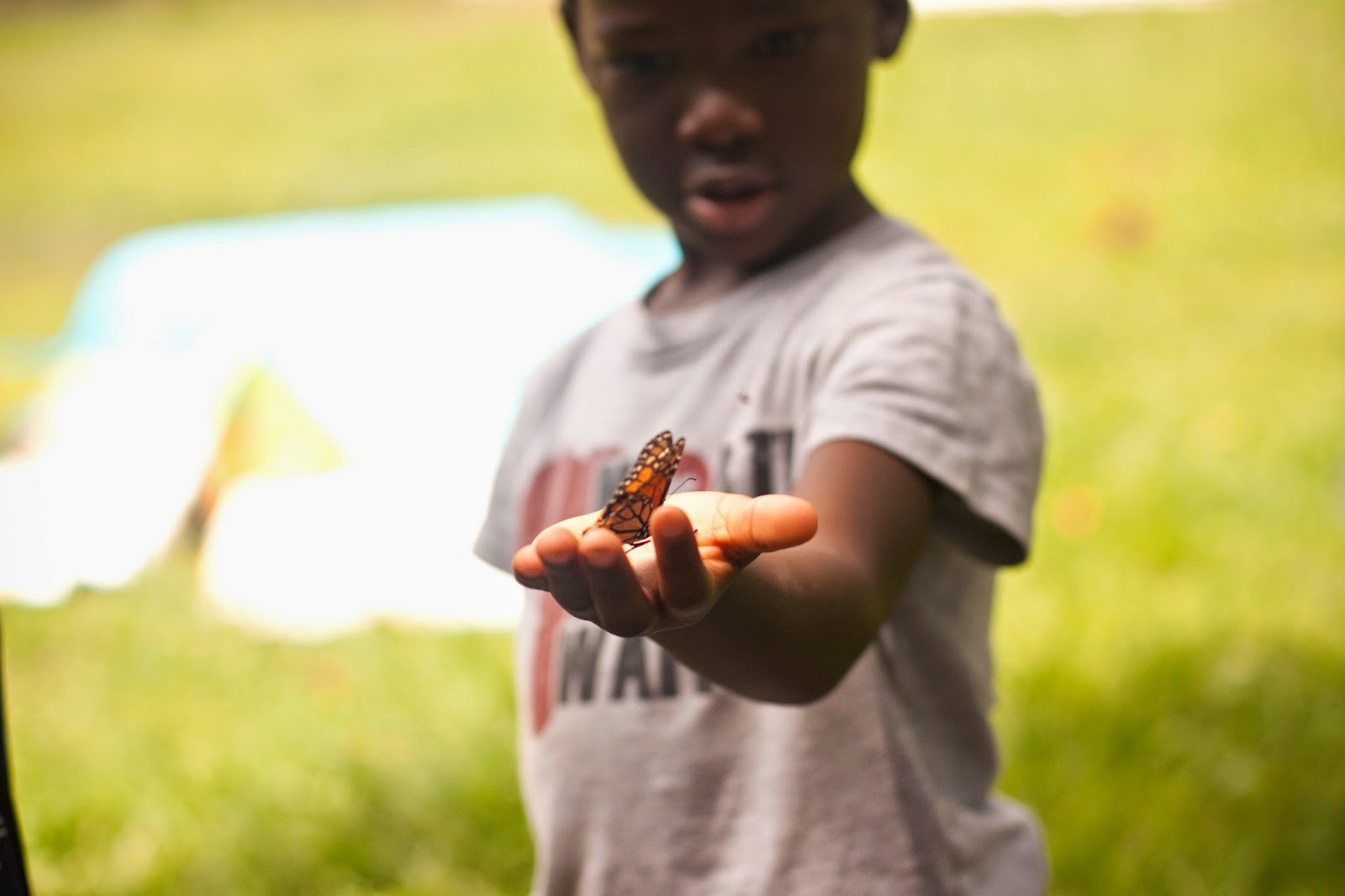Tuesday, September 23, 2014
Monday, September 22, 2014
INSECT COLLECTING
Insect collecting is one of my favorite things to do. It is fun doing it, but its not just to have fun, its to study and learn more about them. My favorite group of insects are the butterflies and moths. All of them really have iridescent brown scales on their wings, but when the light reflects on them, they become the beautiful creatures we see fly around our backyards.
In this post I wanted to talk a little bit about insect collecting.
This is a link to the kit that I have:
Insect Collecting & Mounting Kit
This is a link to the kit that I have:
Insect Collecting & Mounting Kit
Step #1. The Net.
The net is used to catch most of your insects. Mine is 2' deep and you would want to have one at least this deep...the deeper and wider, the better. When you see one and are about to swing, try and sweep in on it from above. As soon as it is in the net, quickly either put it on the ground or fold it over. Either way works just fine, although, I fold it.
Step #2. R.I.P.
For this you only need a jar with plaster or a cotton-ball and poison. Just "load" your jar with the poison and drop your bug into his chamber of doom.
Step #3. Preserving
Fold a butterfly or moths wings together and slide into a glassine envelope. It should stay good like that for a surprisingly long time, up to 60 years! Use Vapor tape to preserve pinned and processed insects.
Step #4. Labeling, pinning and drying.
Use tweezers to spread wings (if it has any) and slide a pin through its thorax (middle part between head and abdomen). Spread its wings with wax-paper an a board made for this purpose. On one label write the place and date of capture along with capturer's name. On another write latin and common names.
These are some of the butterflies and moths that I have collected and processed.
POST BY ETHAN
Wednesday, September 17, 2014
MONARCH TAGGING
I am loving having a Monarch tagging kit. I think that the best part of it is holding these amazing insects.
Click here to purchase a Monarch Tagging Kit.
Monarch tagging is just one of the ways that we can help this amazing butterfly. Each tag has its own unique number and letter code that you write down on your data sheet, along with gender, date, and place of capture.
By placing this tiny tag on the Monarchs wing, we can figure out what route they are taking, how many stops they make on the way and how long they stay there. By "on the way", I am talking about their amazing migration from Canada to central Mexico and back.
 |
| Image Source |
The Monarch pictured above is a male, and the way you can tell is, on both hind wings there is a little sack and his veins are thinner then a females.
This is how you hold a monarch.
This is a Monarch that we tagged.
Moses released it.
They are one beautiful butterfly that I would like to try to help keep alive.
Tagging is one of the ways that we can help, but another is planting butterfly gardens. For this specific species you only need to plant milkweed which serves as a dual-purpose plant, being food for both adult and larvae. By doing these two little things, we might be able to save these beautiful butterfly.
This is a Monarch Caterpillar on a Milkweed plant.
Subscribe to:
Posts (Atom)


















